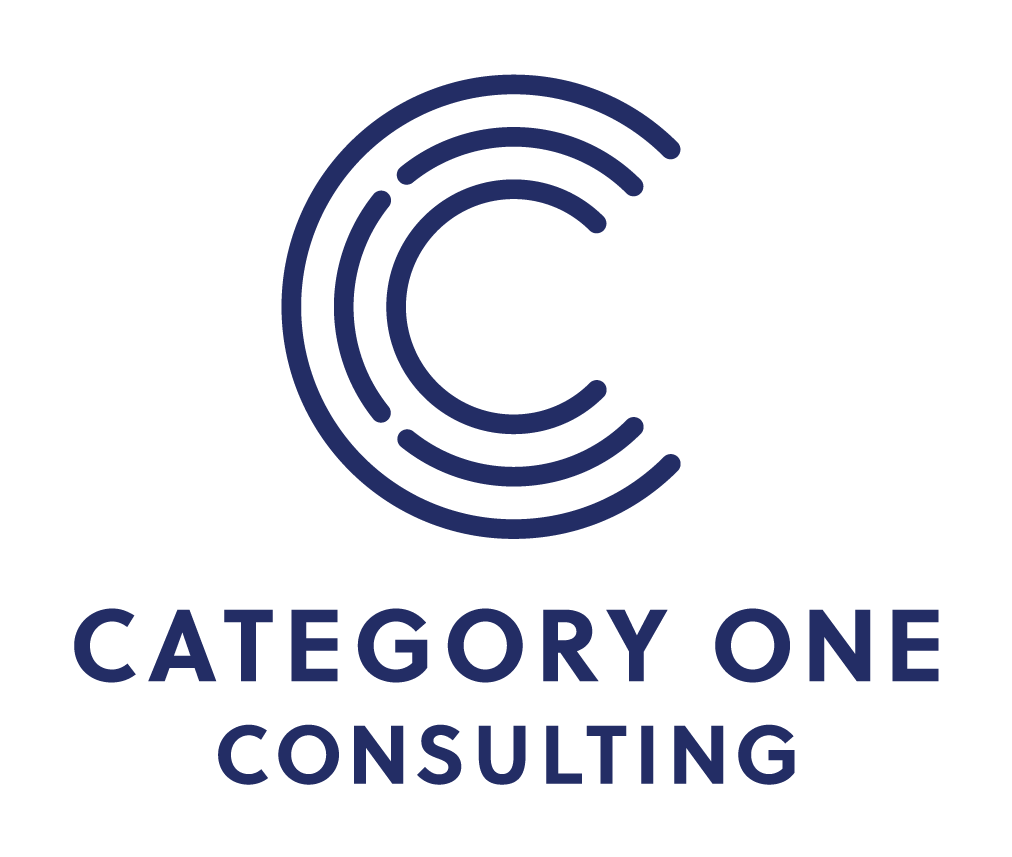Creating a Culture of On-the-Job Learning
With rapid technological advancements, particularly in artificial intelligence, the pace of change in the workplace is accelerating. Employees are now expected to adapt quickly, acquire new skills, and stay current with the latest tools and trends—all while excelling in their day-to-day responsibilities. Although formal training remains essential for addressing skill gaps, the ability to learn on the job has become more valuable than ever. Today, employees can no longer rely solely on pre-existing skills or formal education; adaptability and a readiness to learn in real time are now crucial for career growth.
Learning on the job, sometimes called experiential learning, is critical for keeping one’s skills up-to-date and relevant in a world that is constantly changing.
Learning on the job, sometimes called experiential learning, is critical for keeping skills up to date and relevant in a constantly changing world. It also has many advantages over more formal training. Some of those advantages include the following:
On-the-job learning immerses employees in real-world scenarios where they solve problems as they arise, navigate challenges, and make decisions with real stakes.
Learning on the job provides opportunities to build both technical skills and soft skills like problem-solving, collaboration, and communication that more formal training often does a poor job addressing.
It also allows employees to practice those skills in the exact situations where they will need them, making development more practical and meaningful.
Learning on the job enables employees to be productive while learning, making it a much more cost-effective approach to employee development than formal training, which often involves fees, travel, and time away from work.
The advantages of learning on the job are clear, but it’s more than just “figuring things out”—it’s a skill that requires intentionality and curiosity. Here are a few tips for management to help employees effectively learn on the job, empowering them to grow, adapt, and excel within your organization and in their careers.
1. Provide Stretch Assignments. Stretch assignments are valuable for employee development because they challenge individuals to step outside their comfort zones, build new skills, and gain confidence. By tackling complex or unfamiliar tasks, employees expand their capabilities and become more engaged in their roles. These assignments foster innovation, help employees grow into leadership positions, and contribute to talent retention. To make stretch assignments effective, they should align with the employee’s career goals, offer necessary support and guidance, and include clear expectations and feedback. Ultimately, stretch assignments help employees develop the skills needed for future success while driving organizational growth.
2. Encourage Questions. Curiosity is at the core of effective on-the-job learning. Encourage employees to actively seek the 'why' behind tasks and processes. Rather than just going through the motions, they should feel empowered to ask questions about why certain procedures exist or how their work impacts the broader team and organization. This approach helps employees see the bigger picture and make connections, making their work more meaningful and their learning more impactful. Foster a culture where asking questions of colleagues and supervisors is not only accepted but encouraged and expected.
3. Help Employees Set Small, Achievable Goals. While it’s important for employees to stay focused on long-term career goals, setting small, achievable milestones can boost motivation and provide a sense of accomplishment. For instance, if an employee is learning a new software program, encourage them to master one feature at a time rather than tackling everything at once. Breaking big tasks into smaller steps makes learning more manageable and less overwhelming. Incorporate goal setting into regular development conversations and encourage employees to review and update their goals to track progress. When goals are achieved, take time to celebrate their successes—this builds confidence and motivates them to continue learning.
4. Provide Timely Feedback. Constructive feedback from colleagues or supervisors provides employees with fresh insights into their work and can highlight areas for improvement they may have overlooked. Rather than waiting for annual or quarterly reviews, aim to provide feedback regularly through informal check-ins or immediately after project completion. Don’t assume employees will always ask for feedback when they need it—many may feel uncomfortable initiating these conversations. Offering timely feedback is essential for growth, so take steps to foster a work environment where regular feedback is both expected and valued as a tool for development, rather than solely as performance critique.
5. Create Opportunities for Reflection. Reflection is a powerful tool for on-the-job learning. Encourage employees to take time at the end of each week or after completing a major project to consider what went well, what challenges they faced, and what they could do differently next time. Reflection turns experiences into lessons, enabling employees to learn from both their successes and mistakes. Suggest keeping a learning journal for jotting down key takeaways and feedback received—this creates a record of accomplishments and helps employees track their growth over time.
Creating a culture of on-the-job learning requires intentional efforts from management to provide employees with meaningful challenges while promoting curiosity, goal setting, timely feedback, and reflection. Building this type of culture isn’t always easy, but transforming everyday challenges into opportunities for growth is one of the most effective ways to support employee development. The workplace is an ideal environment for learning because the skills acquired are immediately relevant and practical. By encouraging employees to embrace challenges and approach each task with a learning mindset, you’ll cultivate a workplace where employees continuously develop new skills as they fulfill their roles. If you have questions or would like assistance in creating a culture of on-the-job learning at your organization, please feel free to reach out!

